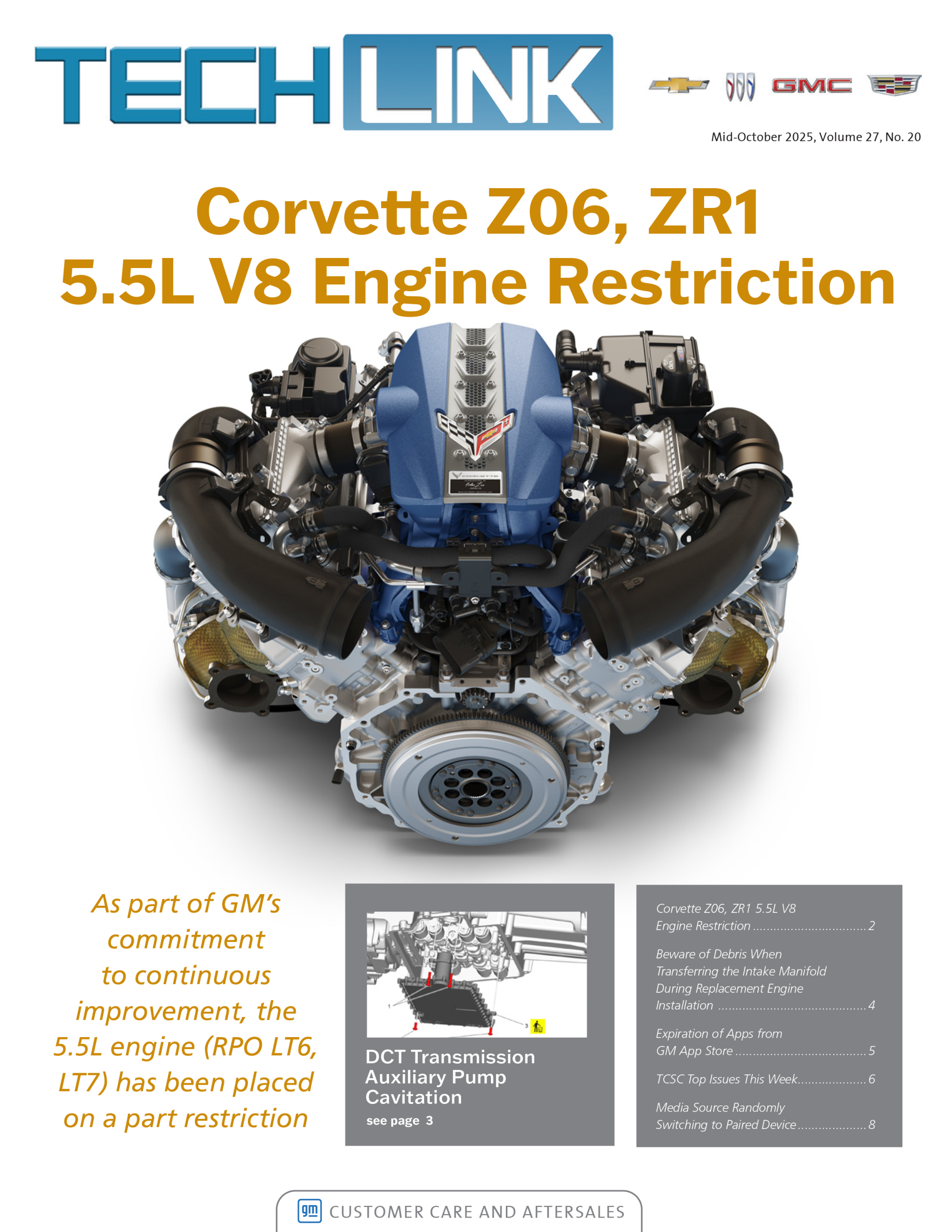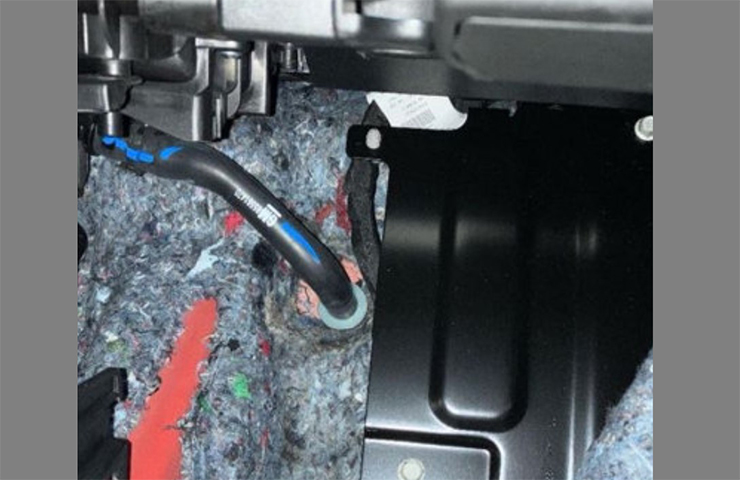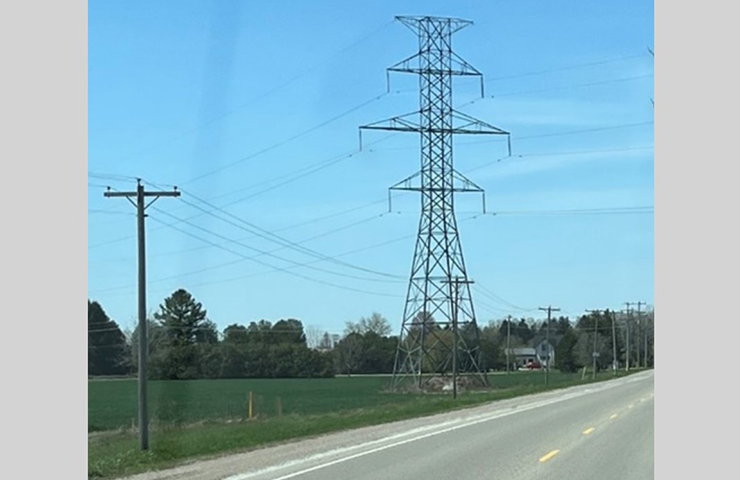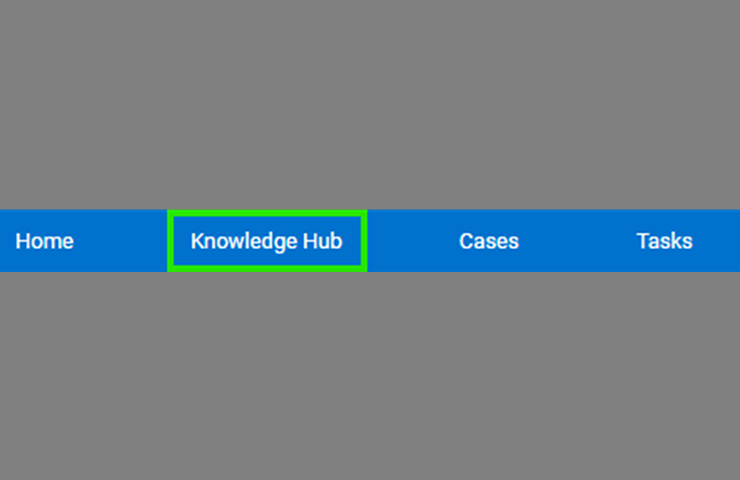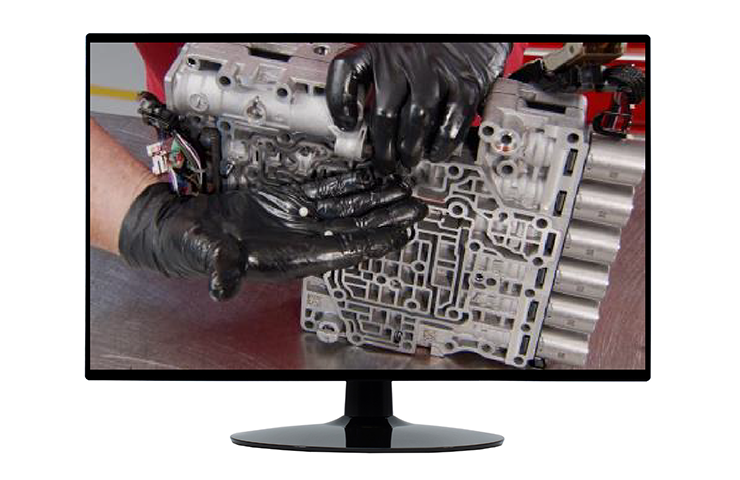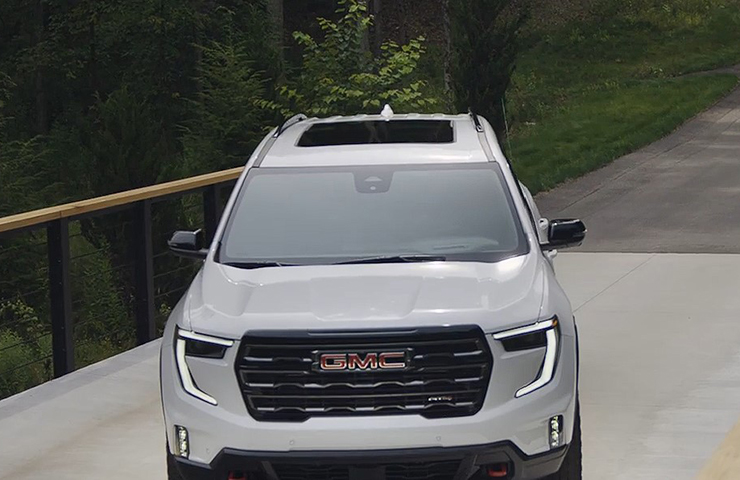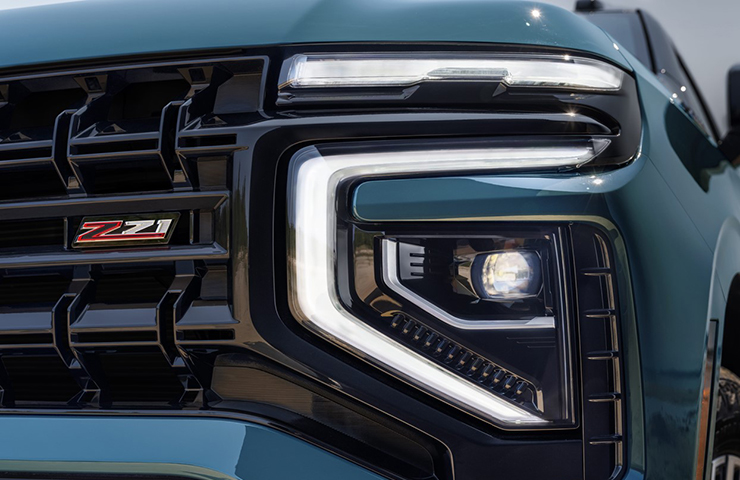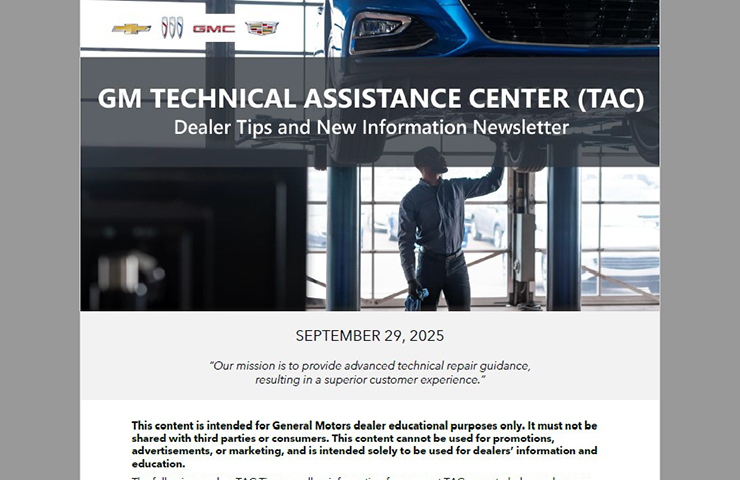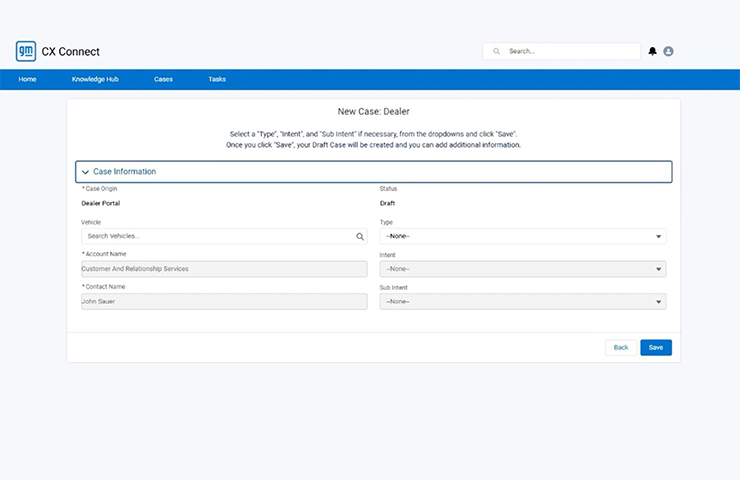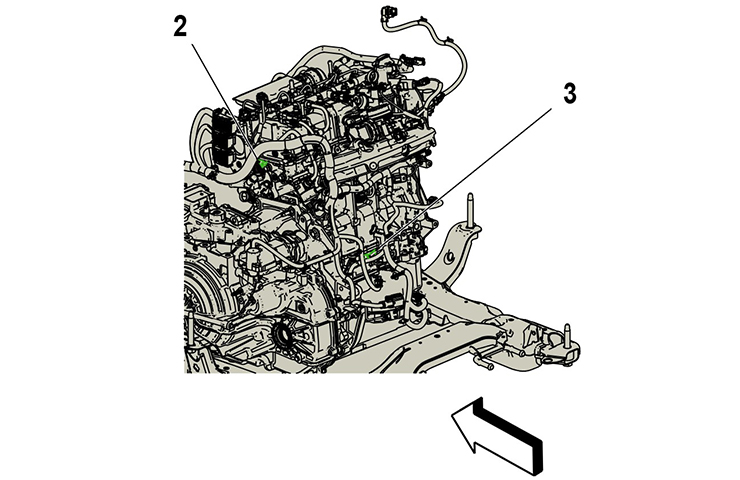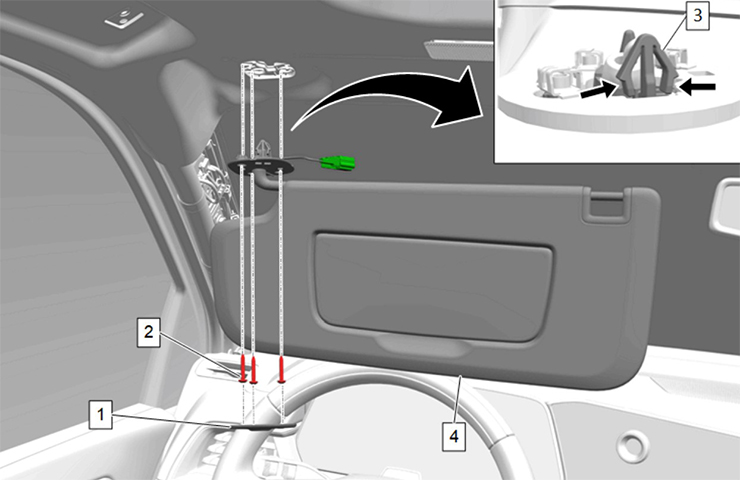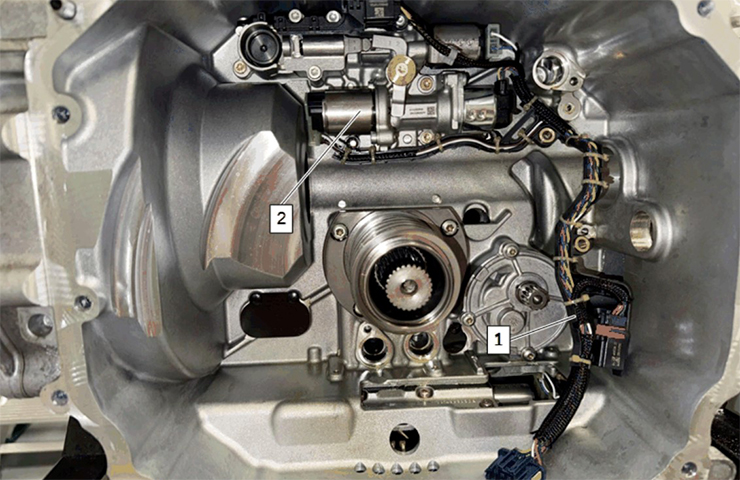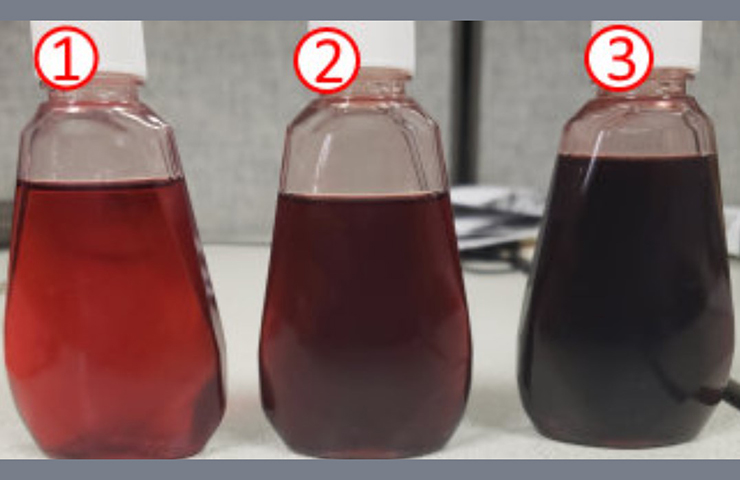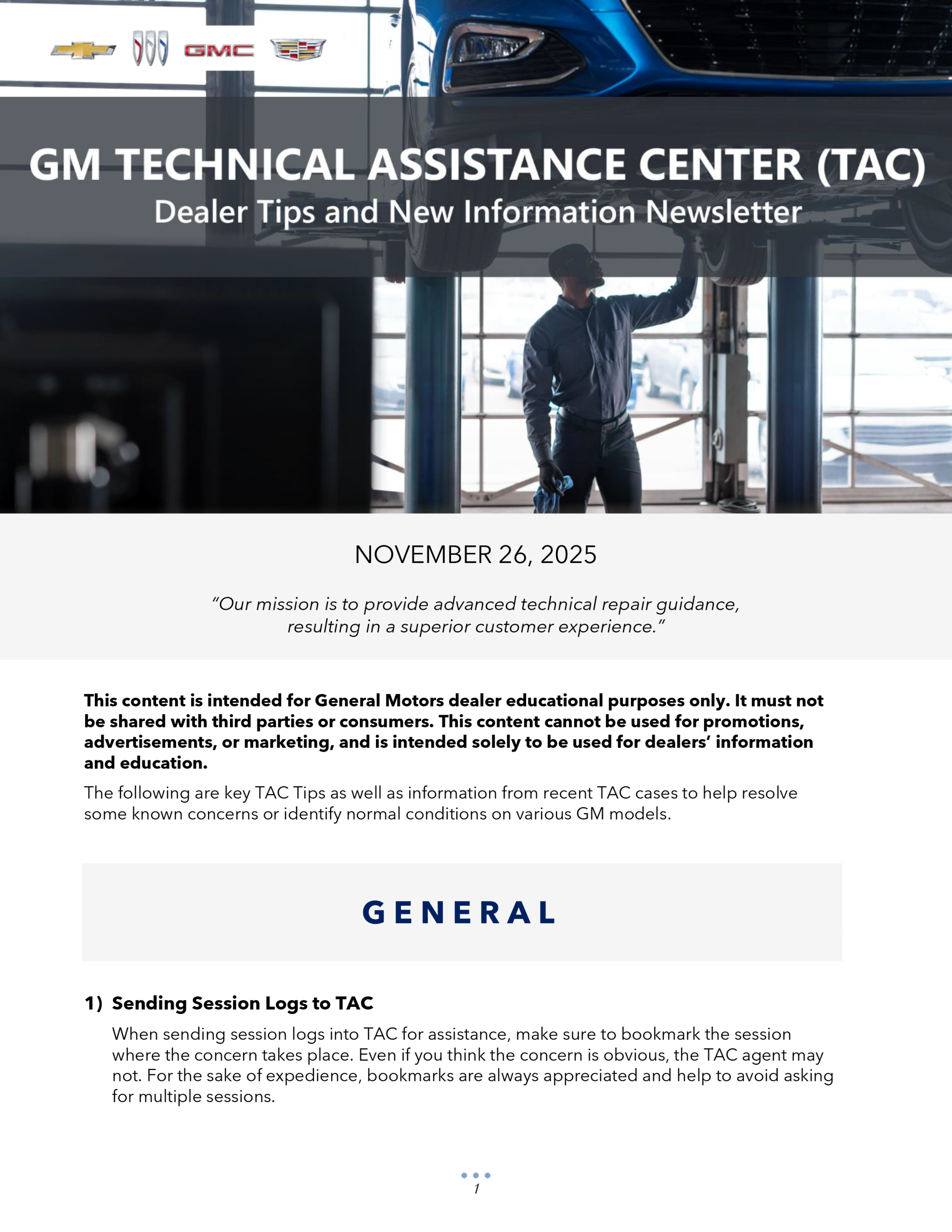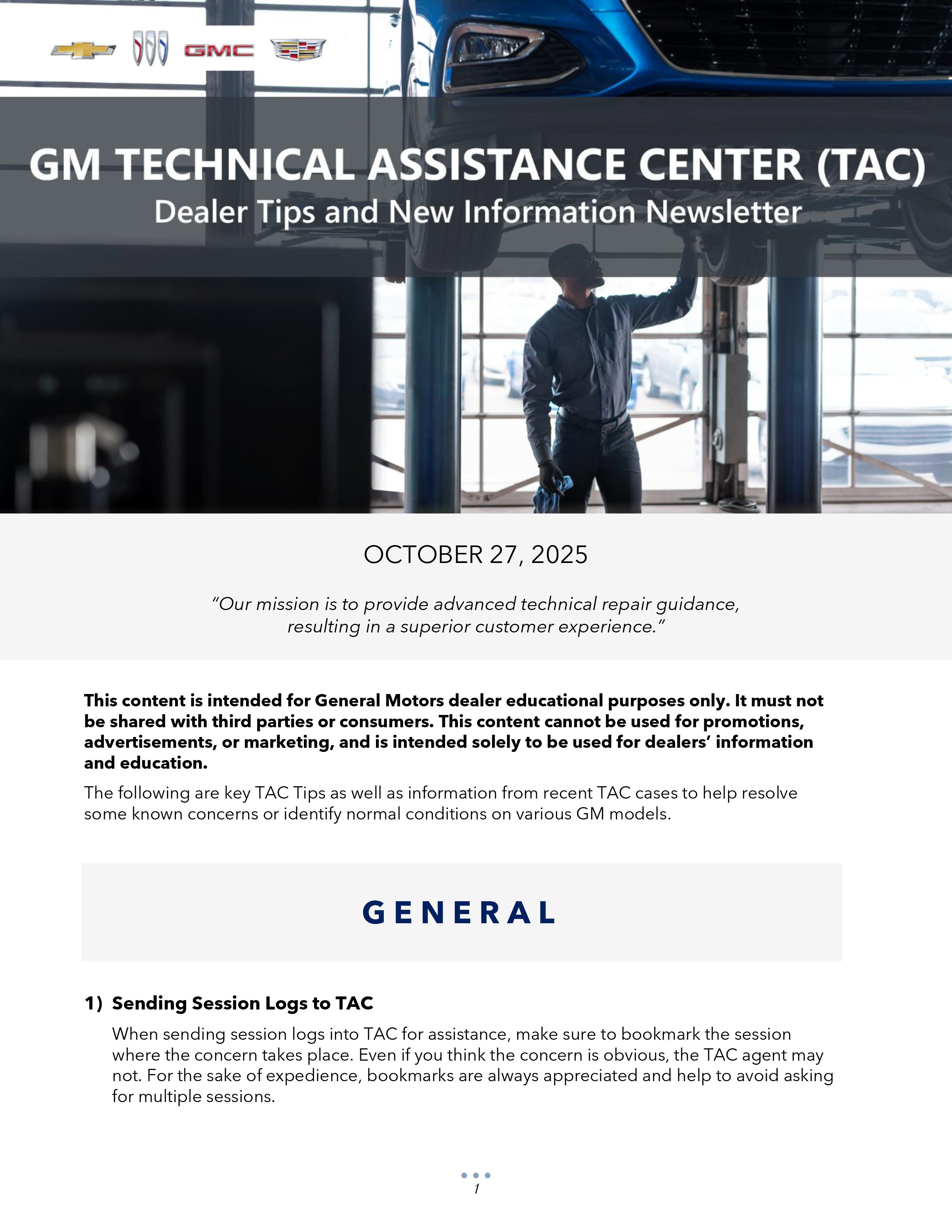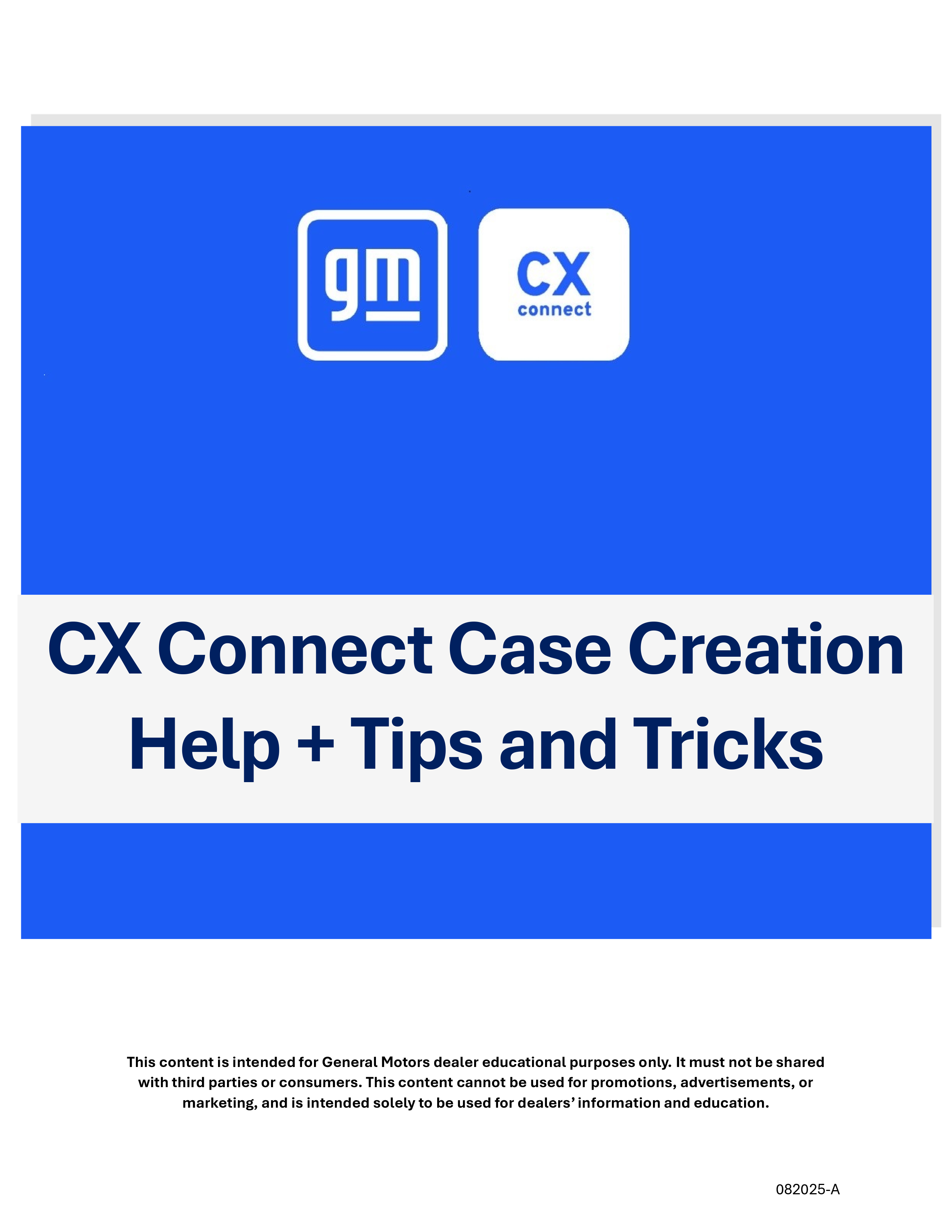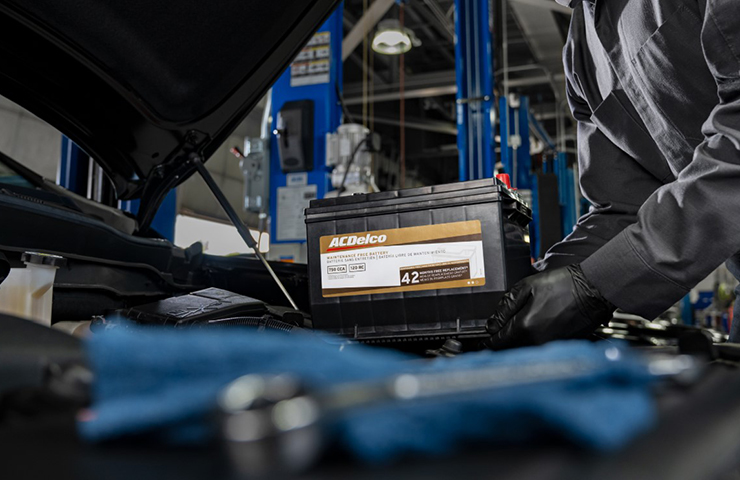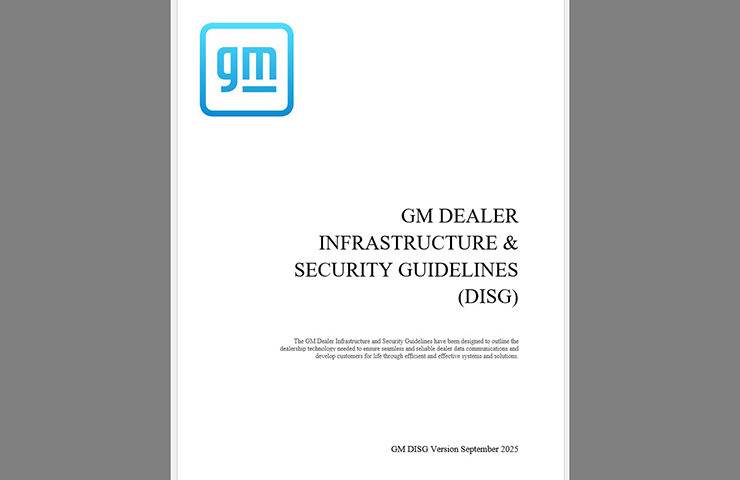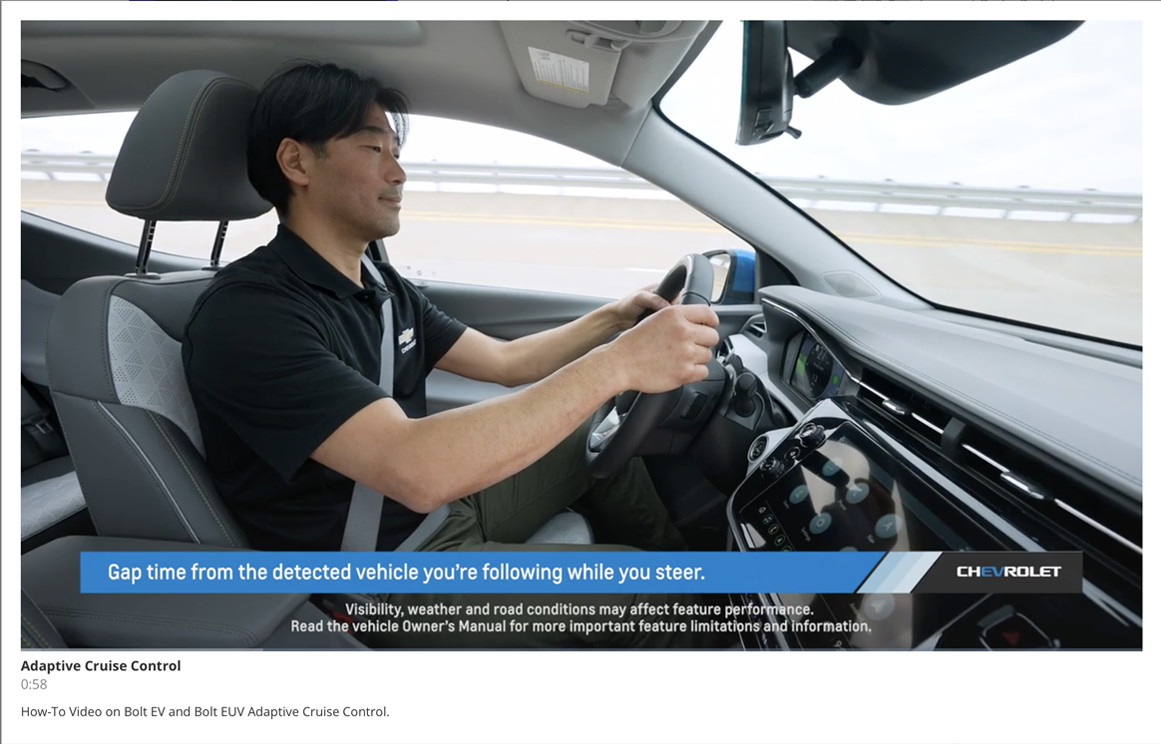A reduced acceleration message may be displayed along with limited propulsion power under certain operating conditions on some 2022-2026 HUMMER EV, BrightDrop models; 2023-2026 LYRIQ; 2024-2026 Blazer EV, Silverado EV, Sierra EV; 2025-2026 CELESTIQ, ESCALADE IQ, OPTIQ; and 2026 ESCALADE IQL and VISTIQ models. Propulsion Limited MILs also may be illuminated. No propulsion-related DTCs will be set.
These conditions may be the result of the vehicle being exposed to extreme temperatures while parked unplugged for extended periods of time or due to a low high-voltage battery state of charge (SOC) that limits maximum power delivery. (Fig. 3)
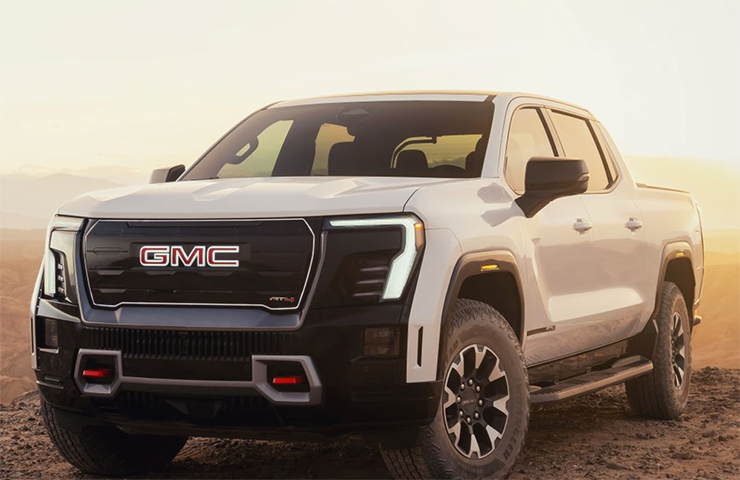 Fig. 3
Fig. 3
The propulsion power messages — Reduced Acceleration, Drive with Care or Propulsion Power Reduced Due to Temperature — and limited propulsion power lights are normal vehicle operating responses when High Voltage (HV) battery pack power capability is limited by state of charge (SOC) and/or temperature. (Fig. 4)
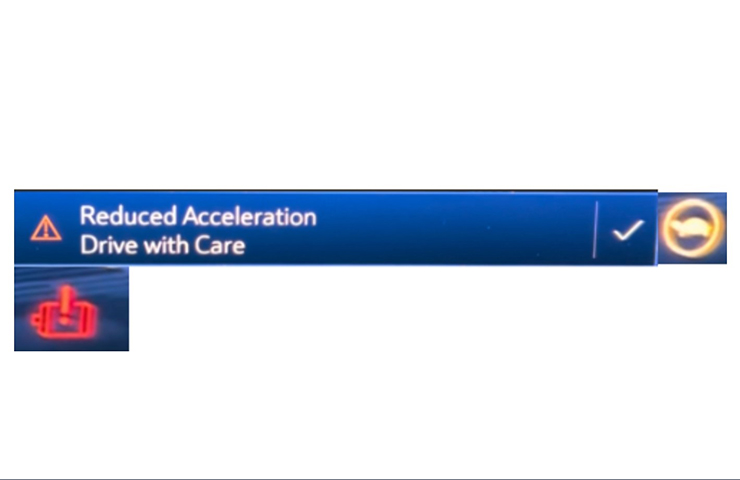 Fig. 4
Fig. 4
Temperature Extremes
The high-voltage battery SOC level at which reduced power occurs varies based on battery temperature. When SOC is low or the battery pack temperature is too cold or too hot, the high-voltage battery pack may not be capable of meeting minimum expected power output. The temperature of the high-voltage battery pack will dictate the SOC percentage at which reduced propulsion may occur. At a moderate battery temperature of approximately 68°F (20°C), reduced propulsion typically occurs around 5-10% SOC. At colder battery temperatures of approximately 14°F (-10°C), reduced propulsion may occur with SOC at 45% and lower or 90% and higher. At very warm battery temperatures, such as immediately following a DC Fast Charging session in extreme ambient temperatures, reduced propulsion may occur at any SOC. The Reduced Acceleration, Drive with Care message will display under any of these conditions.
In addition, the Propulsion Power Reduced Due to Temperature message displays at any SOC with battery temperatures at or below -13°F (-25°C), 5°F (-15°C), or 14°F (-10°C), depending upon vehicle model.
State of Charge Limitations
In hot temperatures, with the high-voltage battery pack at 20% SOC or higher, it’s recommended to reduce cabin cooling to allow the system to provide more cooling to the battery pack. Precondition the high-voltage battery about 30 minutes prior to DC Fast Charging.
In cold temperatures, with the high-voltage battery pack at 20% SOC or higher, the vehicle should be kept plugged in once fully charged to maintain the high-voltage battery temperature for the next drive. This is important when outside temperatures are extremely cold.
In all temperatures, with the high-voltage battery pack at 20% SOC or less, charge the vehicle to regain normal power limits.
The following charging messages will be displayed if the high-voltage battery SOC continues to drop:
- Charge Vehicle Soon – illuminates between 6 and 12% SOC.
- Charge Vehicle Now – illuminates at less than 6% SOC.
- Vehicle Out of Energy – illuminates at 0% SOC. Critical 12V systems may continue to operate until the 12V battery is discharged.
TIP: Law enforcement vehicles cannot enter Protected Idle mode once the Charge Vehicle Soon message is displayed. If already in Protected Idle mode, the vehicle will shut down and sound the horn. If the Charge Vehicle Now message is displayed, law enforcement vehicles will maintain all functionality.
Customers should be directed to their vehicle owner’s manual for additional information and guidance.
Refer to Bulletin #25-NA-222 for more details.
– Thanks to Scott Lewiston and David Rainey

